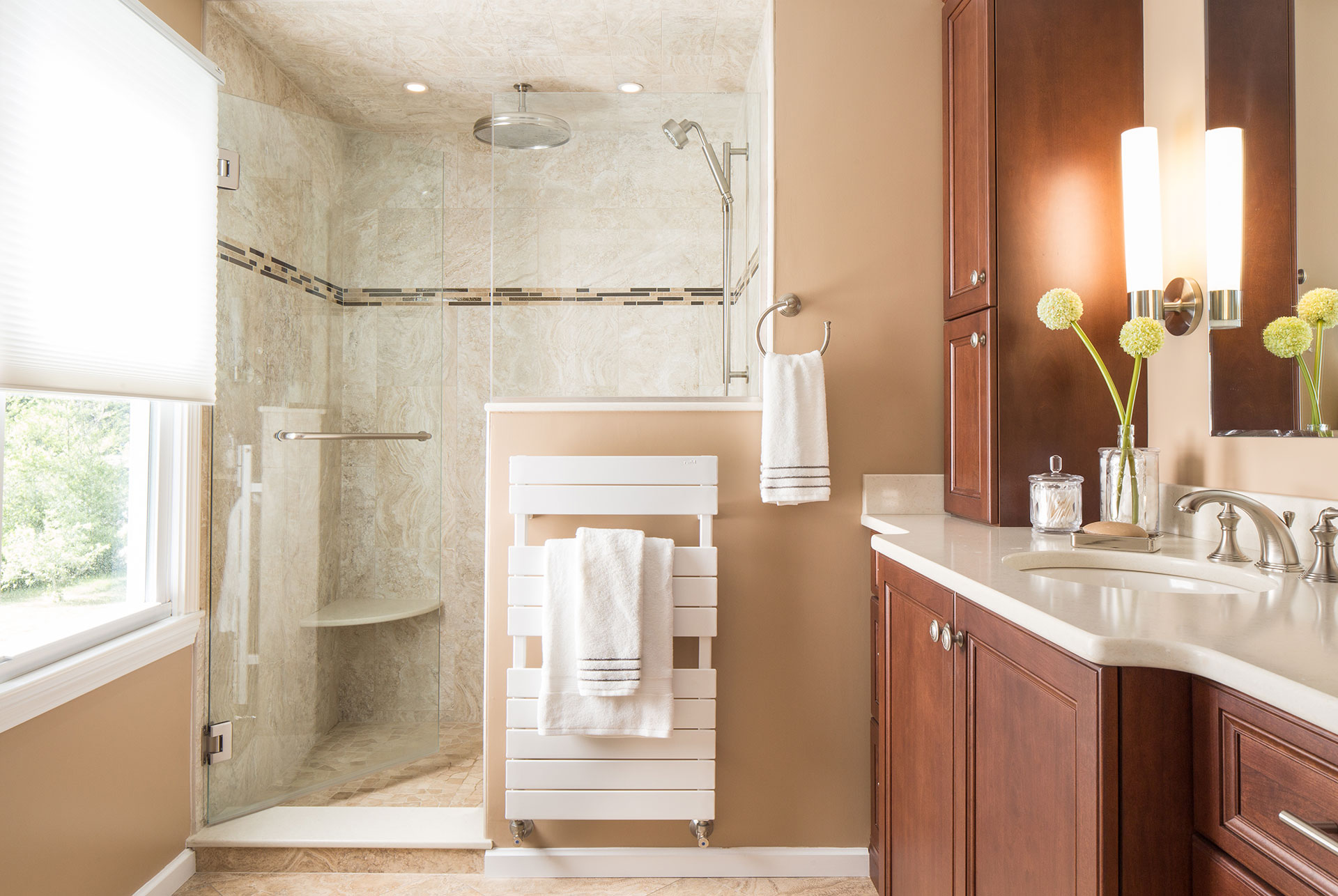The structure industry is having a transformative change, driven by the mixture of technological improvements, sustainability initiatives, and evolving consumer anticipations. As we phase into 2024, a range of emerging trends is reshaping how projects will be conceived, managed, and executed. From the integration of smart home technology in addition to prefabricated construction strategies to a tougher emphasis on security and environmental accountability, these innovations usually are setting the phase for the more successful and eco-conscious foreseeable future in construction.

For property owners and businesses searching to embark about construction projects, comprehending these trends is usually crucial in selecting the right team and making knowledgeable decisions. Whether you are contemplating a house renovation, dealing using construction delays, or perhaps navigating the difficulties of contracts and permits, having the right knowledge in addition to resources available may make all typically the difference. On this page, all of us will explore the top trends that are usually influencing the sector, offer assistance with deciding on the ideal building, and delve straight into sustainable practices of which are not simply beneficial for typically the environment but also advantageous for project achievement.
Top Trends throughout Construction
The construction market is undergoing considerable transformation as new technologies and methodologies emerge. One of the most prominent trends shaping the future of construction in 2024 is the increase of sustainable constructing practices. Eco-friendly elements and energy-efficient patterns are becoming essential as clients increasingly prioritize environmental responsibility. Firms that adopt environmentally friendly building standards not only appeal to be able to this growing industry but in addition improve their own operational efficiencies, reducing waste and even long-term costs.
Another essential trend will be the growing integration of technology into construction processes. Innovations for example Constructing Information Modeling (BIM), drones, and augmented reality are revolutionising how projects are designed and managed. These technologies boost collaboration among stakeholders and streamline job timelines, minimizing holds off and allowing for more precise delivery. As companies adopt they, they also enhance their ability to adapt to growing project demands plus client expectations.
In inclusion to technological breakthroughs, the importance involving safety protocols on construction sites goes on to be highlighted. As industry awareness around health and safety grows, structure companies are positioning a stronger focus on implementing thorough safety measures. This specific not only defends workers but also significantly reduces the risk of job delays and connected costs. By prioritizing safety, companies can make a more productive work environment and foster some sort of culture of accountability and care among all of their teams.
Choosing the Right Building
Selecting the most appropriate design company is a new critical step inside ensuring the achievements of your current project. Start by simply defining your project’s specific needs in addition to requirements, such as budget, timeline, and even scope. Research prospective companies by checking their credentials, prior work, and buyer reviews. Additionally roof repair is helpful to ask intended for recommendations from buddies or family who may have undertaken similar assignments. This groundwork can help you build a prospect of qualified installers.
After narrowing down the choices, conduct in-person meetings or interviews with the firms on your record. Over these discussions, find out about their experience throughout handling projects like yours, their method to project management, and their knowledge of local building requirements and regulations. contractor Alaska should become able to communicate effectively and demonstrate a solid program for how they will handle building, like timelines and cost estimates.
Finally, make sure that typically the company you choose is licensed, insured, and bonded. This defends you in case of accidents or perhaps discrepancies during the construction process. Obtaining written quotes in addition to contracts is vital, and don’t wait to clarify any kind of terms or problems that seem ambiguous. By taking actions, you can with confidence pick a construction firm that aligns using your vision and offers peace of head throughout the creating process.
Sustainable Practices in Building
The building industry is progressively embracing sustainable creating practices to decrease environmental impact and even promote energy effectiveness. By incorporating eco-friendly materials and systems, construction companies try to minimize waste and lower carbon emissions. This commitment to sustainability not just benefits the atmosphere but also improves the long-term value involving properties, making these people more attractive to buyers who prioritize green living.
One regarding the key elements of sustainable design is the employ of renewable resources. This includes picking materials that are usually sourced responsibly and even have a reduced environmental footprint. As an example, employing reclaimed wood, recycled metals, and low-VOC (volatile organic compound) paints can drastically contribute to a healthier indoor surroundings while reducing reliance on new sources. Additionally, the setup of energy-efficient techniques such as solar power panels and top-end insulation helps decrease energy consumption plus utility costs.
Furthermore, environmentally friendly practices extend past materials to include overall project administration. Construction firms usually are increasingly focusing on successful project planning in addition to execution to reduce resource usage and reduce structure waste. Techniques such as modular building and prefabrication not simply streamline the creating process but furthermore enhance recycling abilities on-site. By prioritizing sustainability throughout the design process, companies may create structures which are not only environmentally friendly and also resilient in addition to economically viable intended for the future.
